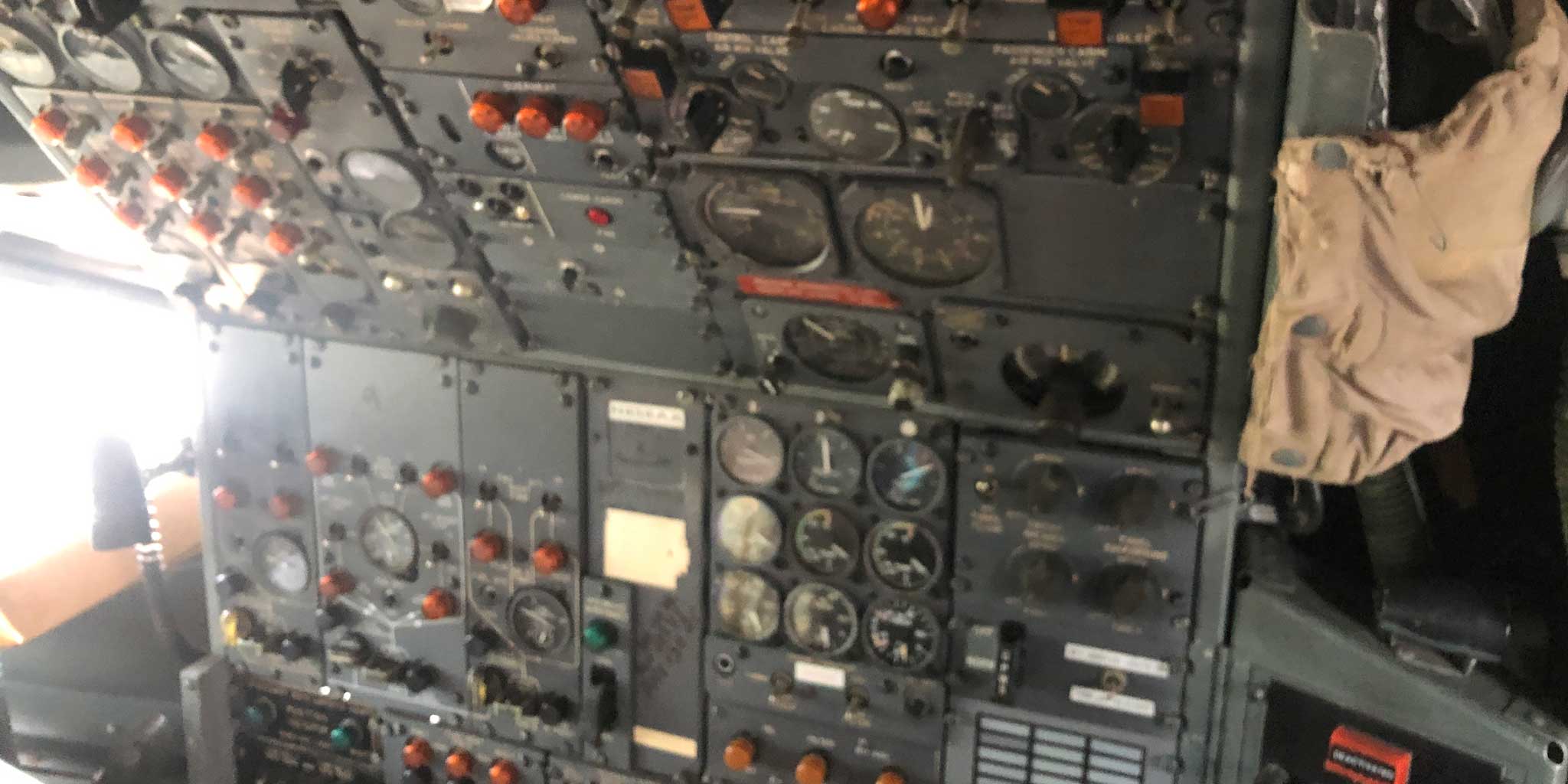Click Here to View This Page on Production Frontend
Click Here to Export Node Content
Click Here to View Printer-Friendly Version (Raw Backend)
Note: front-end display has links to styled print versions.
Content Node ID: 401344
When Vince Howie first noticed the Kitty Hawk Air Cargo Boeing 727 parked forlornly at Oklahoma’s Ardmore Industrial Airpark several years ago, he thought about leasing it someday to test his company's permanently installed automatic aircraft towing system. Howie's Aircraft Towing Systems World-Wide (ATS) has been developing the technology in cooperation with Oklahoma State University’s New Product Development Center.
As the prototype of the electrically-powered system nears completion, he inquired about the classic tri-jet’s status. “When I discovered it was abandoned, I asked if I might buy it,” said Howie. “The City of Ardmore then filed for an abandoned title and put it up for auction.” With no other bidders, ATS was able to acquire it for just over the minimum bid.
The aircraft had not moved since 2007, and its former owner declared bankruptcy the following year. When ATS CEO Howie and several other ATS employees and family members went to examine the new acquisition, they found the only entrance that was accessible was the aft ventral airstairs (the same access point the notorious D.B. Cooper used to escape his 1971 mid-air 727 hijacking attempt).
Once inside, it became clear that the aircraft had simply been closed up when its owners walked away. Its flight log ended with entries for its last flight in August 2007, and all interior equipment was still present, down to the fire extinguishers. Its last airworthiness certificate was found in the cockpit, along with some 2007-vintage aviation publications. The Pratt & Whitney JT8D engines had been removed at some point, but their cowlings and thrust reversers were found in the cargo compartment.

Another discovery proved a major bonus for the new owners. “It was amazing to find the auxiliary power unit (APU) still installed,” said Howie, adding that King Aerospace will handle the cleaning and partial refurbishment of the jet. “If they can get the APU working, it will allow ATS to power the brakes and steering, which will make testing much safer and easier.” King Aerospace will also install the engine cowlings, and mount new tires on the aircraft as part of its rehabilitation.
“We believe our strategic investment in this jet will be the perfect instrument to demonstrate how ATS works in the days ahead,” noted Howie. ATS, which would represent a major capital expenditure for an airport, is integrated into the ground control system, and run by the ground control tower personnel. It uses tow tractors that ride along underground, permanently-installed rail channels, leading from the runway to the terminals. Intended to be able to move aircraft with their engines off, anticipated benefits include improved safety, fuel savings, decreased emissions, increased engine lifespan, reduced ground staff requirements, and noise reduction.
Howie told AIN that testing with the 727 should begin in about four months when the prototype installation is completed at the Ardmore Airpark. He expects trials to be completed by the end of the year, pending regulatory approval. “We have several very interested airports and we continue to work with the FAA,” he concluded.